Oil on canvas in perfect condition, signed lower left.
35 x 24 without frame
55 x 42 with frame
Very well framed, wooden frame and linen marie-louise.
Paul Colin French | 1892-1985 Paul Colin is a French painter, lithographer, engraver, scenographer and poster designer born in 1892. Paul Colin left his mark on the imagination of the Thirties by creating, through his posters, an aesthetic reflecting the effervescence of the 'between two wars. Training with the masters of Art Nouveau. Paul Colin joined a printing company in Nancy at the age of 15, where he discovered the printing techniques of his time, lithography and heliogravure. Through contact with the artists whose works his printing company published, he quickly understood that he wanted to be a creator and enrolled at the Nancy School of Fine Arts. His inventive spirit is developed by Victor Prouvé. The pioneer of Art Nouveau taught him the taste for effective lines but also the aspiration for novelty. The Théâtre des Champs-Élysées The First World War interrupted Paul Colin's career in Nancy. He fought valiantly, was wounded at Verdun and demobilized, finding himself in the Paris of the Roaring Twenties. He had known André Daven in the trenches, who was second in command at the Théâtre des Champs-Élysées. André Daven, who had recognized his friend's talent through his trench sketches, hired Paul Colin to create the posters and sets for the Theater. His contact with Russian avant-garde painters who created numerous set models opened up a new field of inspiration for Paul Colin. Create, animate and transmit Paul Colin becomes the reference poster artist to ensure the notoriety of a show after the success of his posters for the Nègre review where Joséphine Baker dances. He develops his style with flat areas of color and stylizations of shape, a very personal interpretation of Russian cubofuturism. He also created a drawing school, visiting Soviet Russia in 1932 just before socialist realism came to kill the artistic momentum of the red avant-gardes. Alongside show posters, he created a poster for the 1937 Universal Exhibition or advertisements for Saint-Raphaël Quinquina. He also designed film sets (Fritz Lang's Liliom in 1934) and opera including Ravel's L'enfant et les sortilèges in 1939 at the Paris Opera Working under the Occupation? Paul Colin created propaganda posters for the French government during the phoney war, then continued to work for a while after the armistice, but soon ended his poster work so as not to have to work for Vichy or the German occupier. He returned to pure painting and drawing. Painting and sculpture, the ultimate arts In 1945, Paul Colin created legendary posters, from the Liberation of Paris to the elections of the Constituent Assembly. He continues his political commitment in favor of causes which seem to him to defend peace, putting his talent as a poster artist at the service of the Peace Movement of the Communist Party, but also creating posters for Peace and Liberty or the CED. Painting has become essential for him. He participates in the Salon des painters witnesses of their time and is increasingly identified as both a painter and a poster artist. Numerous personal exhibitions, such as at the Galerie Drouant-David in 1953, are dedicated to him. He turned a page when he put his workshop in Drouot up for sale in 1970. He expressed himself through sculpture during his last years, finding inspiration from the advertising objects he had sculpted in the 1930s.



















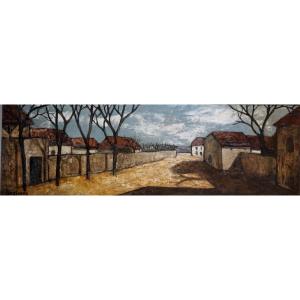
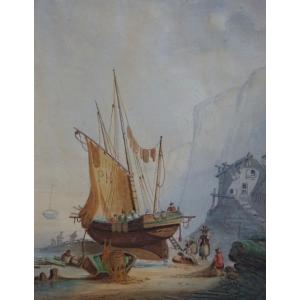

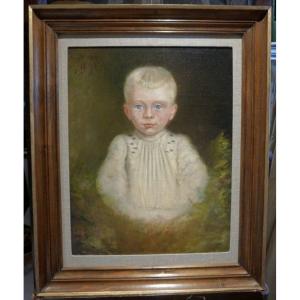

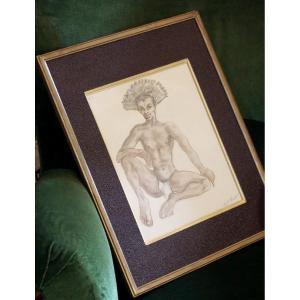
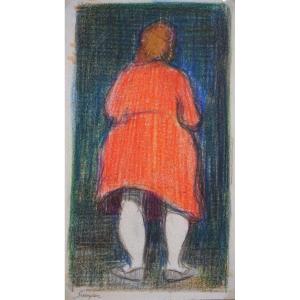
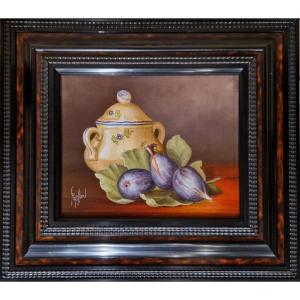
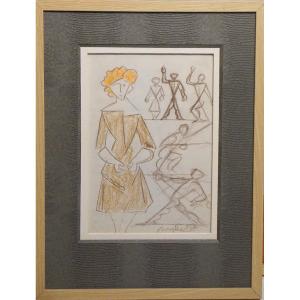
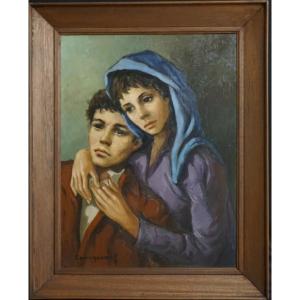


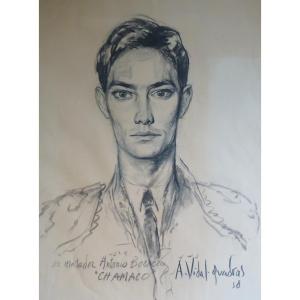

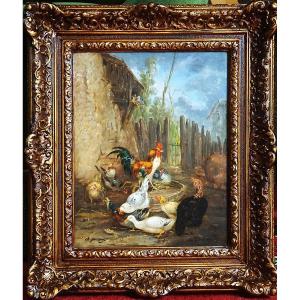
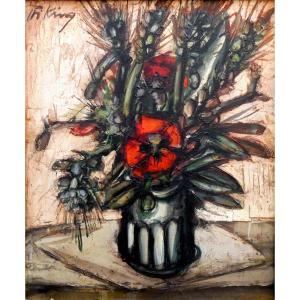







 Le Magazine de PROANTIC
Le Magazine de PROANTIC TRÉSORS Magazine
TRÉSORS Magazine Rivista Artiquariato
Rivista Artiquariato